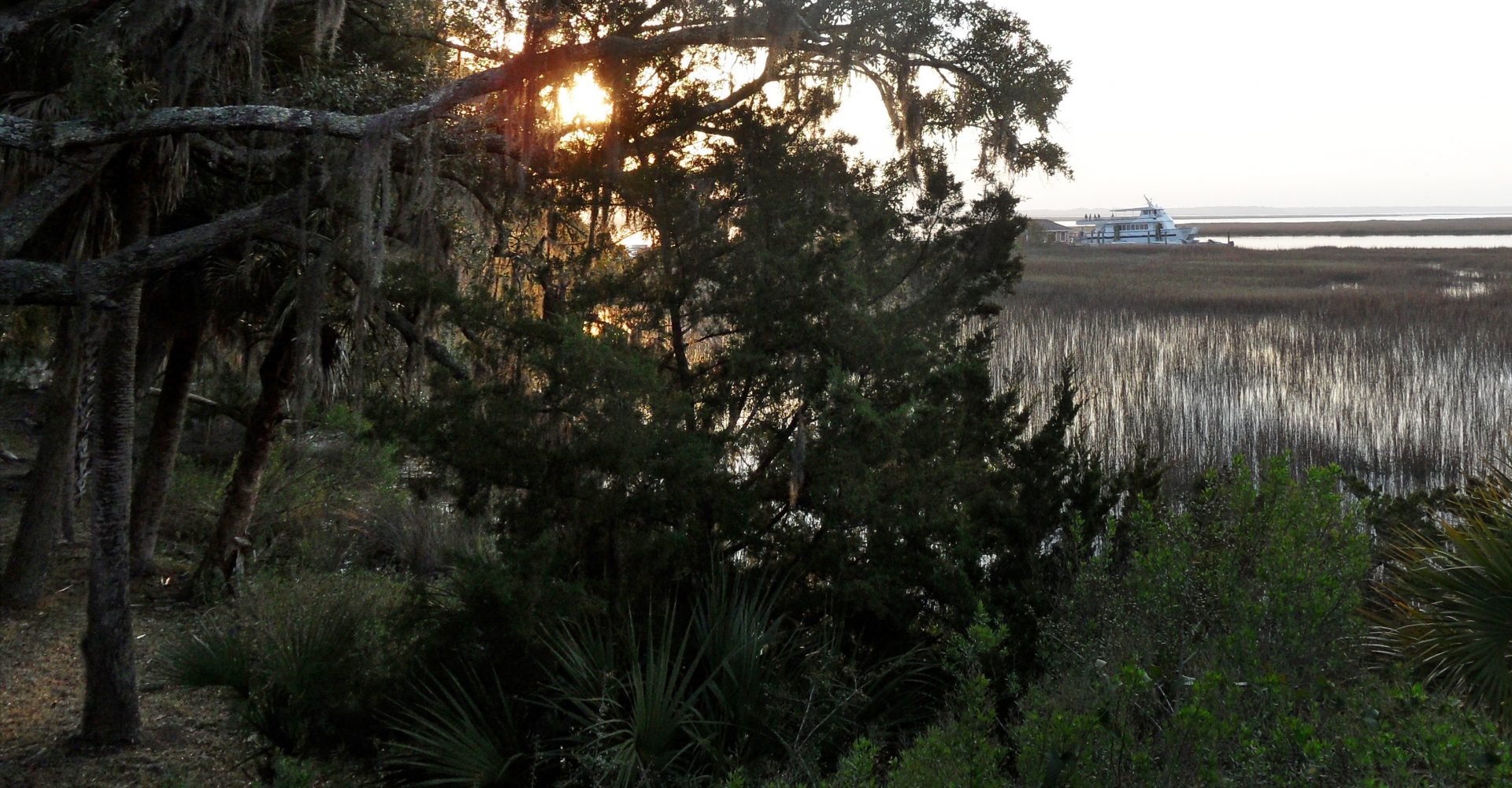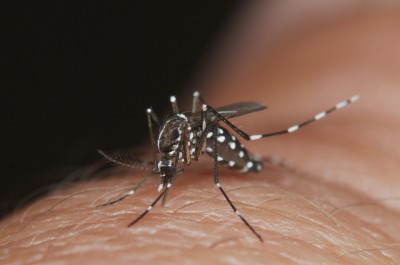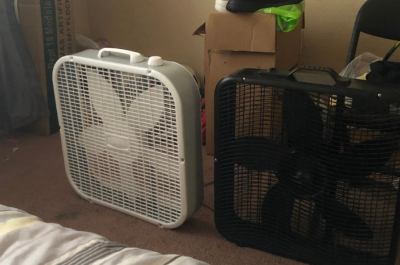On Sapelo Island, just off the coast of Georgia, change is everywhere: Saltwater marshes swell past their banks on sunny, cloudless days. Historic forests full of Spanish moss and centuries-old magnolia trees are dying. Mosquitoes coat white buildings in a vibrating black film. And one day the road washed out, and no one on the island could get to work.
People have been living on Sapelo Island for millennia. Its estuaries teem with shellfish. Its vast coastal marshes inspired Eugene Odum, the founder of modern ecology.
Today, Sapelo is mostly a research island. About 97 percent of the island is owned by the state of Georgia, so it is home base for a number of university, state, and federal scientists. The other 3 percent of the island is owned by the Geechee Nation. This community, centered around the town of Hog Hammock, is home to direct descendants of West African slaves who worked on the island’s plantations.
“The island means everything to me. It’s home. It was my ancestors’ home,” JR Grovner, owner of Sapelo Island Tours, said by phone.
As in coastal communities everywhere, Sapelo’s waters sustain life, but they also make the island vulnerable to change.
Researchers are expecting the sea to rise along Georgia’s coast at least six inches in the next 50 years. Sapelo is already feeling the impact.
Adam Mackinnon, speaking by phone from Sapelo, where he works as an education coordinator at the National Estuarine Research Reserve, said that he has noticed an increase in a phenomenon called blue sky flooding.
Unlike flooding associated with downpours, this flooding comes as a result of really high tides. Grovner calls them “spring tides,” and they’re also known as “king tides.” According to the National Oceanic and Atmospheric Administration, these tides happen twice a month during new and full moons. During these periods, high tides are higher and low tides are lower than those occurring at any other part of the month.
Mackinnon estimates that the island used to experience major blue sky flooding only about five times a year. Nowadays it happens 30 to 40 times a year.
Grovner has noticed a change, too: “I never could ever remember having this many spring tides as a younger person.”
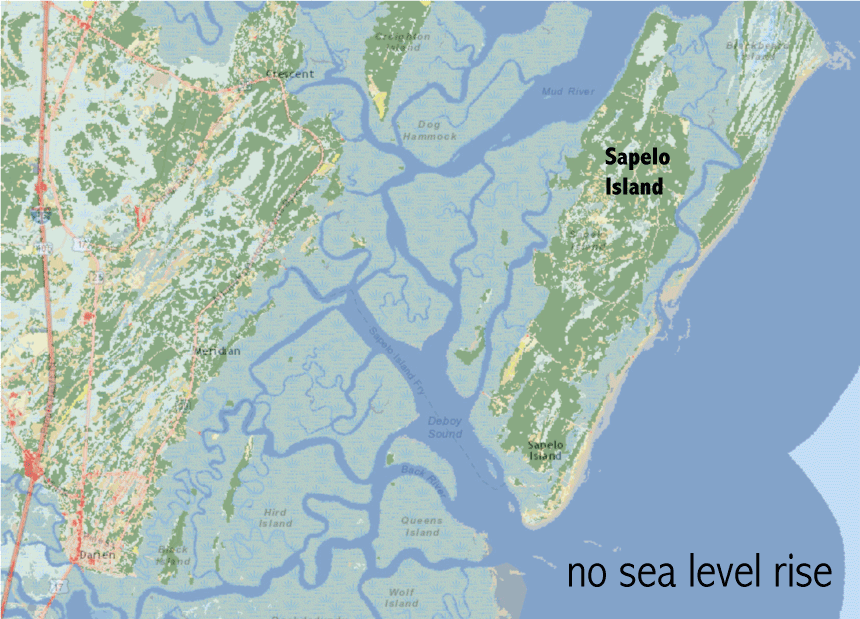
Mackinnon and his colleagues are modeling and monitoring these floods, but they want to know more about what flooding up and down the Georgia coast means for coastal communities.
“These events are going to be long-term or may be affecting local economies,” he said. “We don’t have data on that yet.”
Local tourism and businesses feeling pain
Through his tour business, Grovner gets to share Sapelo with tourists. And he says that flooding can make it difficult for him to work. He leads guided tours around the island, but when flooding washes out roads and trails, he can’t do his job.
Mackinnon said that many tourists are drawn to Sapelo because of its natural beauty, but a warmer temperatures and encroaching saltwater are wreaking havoc on the island’s forests.
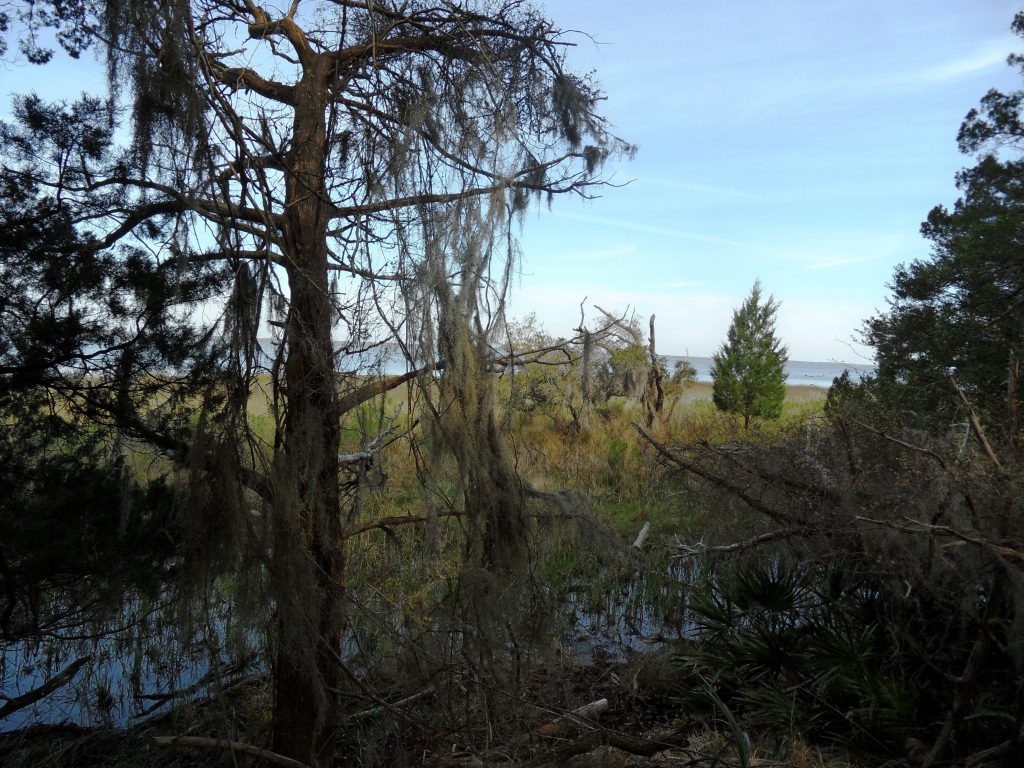
He added that thousands of acres of forests have had to be removed because they’ve been attacked by pine beetles, which are native to the western U.S. but have lately become a problem in the Southeast.
“They’re like lions in the Serengeti,” Mackinnon said of the beetles. “Lions don’t kill the strong and the robust, they kill the sick and the weak, and a lot of these trees are really stressed out from lack of fresh water.”
A problem for many coastal communities
Coastal towns and cities are expected to face major economic problems as sea levels rise. According to a 2010 NOAA report, economic activity along the coast accounted for 66 million jobs and $3.4 trillion in wages.
“This is where most of the people live right, that’s where everyone wants to go, that’s where the property values are highest, that’s where we put the infrastructure,” said Matthias Ruth, director of the School of Public Policy and Urban Affairs at Northeastern University.
A particular area of concern is small businesses, which tend to lack the resources major corporations have for rebuilding after natural disasters.
“If you’re out of business for a year and you’re a small shop, I mean, there’s no way you recover from this, even if you ever get reimbursed by insurance,” Ruth said. “If you have to wait a year or two or five, the market’s gone, your supply chain’s dried up.”
Ruth said that if communities make smart decisions now, some can benefit from rising seas. But instead of making infrastructure changes, people often just rebuild after major storms. In many communities, harbor upgrades are often deemed too expensive, and transportation routes are repaired rather than moved inland.
He added that coastal communities need to prepare for major demographic changes.
The number of people living on Sapelo has been dwindling for years as many younger-generation Geechee look for opportunity elsewhere. As flooding continues, the strain on the remaining population will only get worse.
Along the coast of North and South Carolina, real estate values in counties that are most at risk of hurricane flooding have dropped in the past five years. And in Miami, where flooding is the “new normal,” people are scrambling to sell their bay-front homes before their value decreases.
“Even if you cut down all emissions to zero,” Ruth said, “we’ve already committed ourselves to a few hundred years of carbon dioxide in the atmosphere, a few hundred years of temperature rise, probably a couple of thousand years or more of sea-level rise. So we need to start paying attention to that and prepare our infrastructures and our economies and lifestyle to the climate conditions to which we’ve already committed ourselves.”
We want to hear from you:
If you live on the coast, how are you feeling the economic impacts of sea level rise?
If you don’t live near the coast, how is climate change impacting your community’s economy?
Show us the impacts on ISeeChange.
Reported by Samantha Harrington. Produced in partnership with Yale Climate Connections.
Additional Sapelo Island photos courtesy of Ken Ratcliff, March 28th, 2014, Creative Commons.

